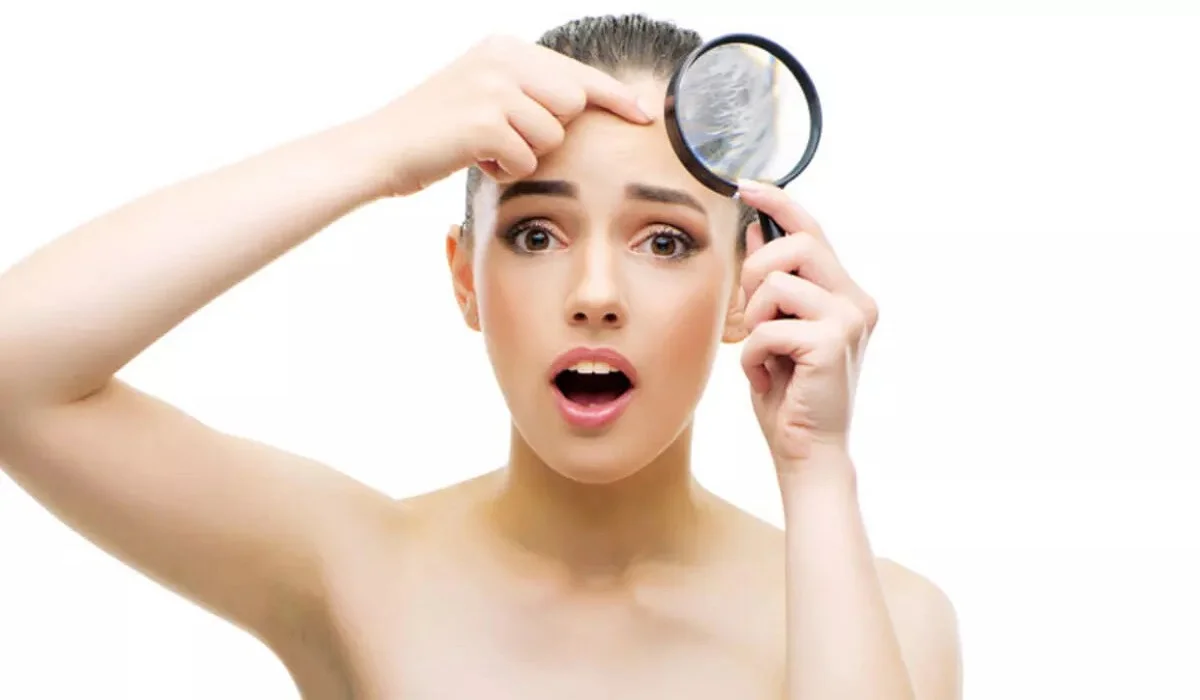Blush is a pivotal element in the makeup routine, capable of transforming your look with just a few strokes. It adds a healthy, youthful glow and dimension to the face, but selecting the perfect shade for your skin tone can be daunting. This guide will help you navigate the nuances of choosing a blush that complements your complexion beautifully.

Understanding Your Skin Tone
Identifying Warm, Cool, and Neutral Undertones
Your skin’s undertone is key to selecting makeup. Warm undertones look best with peach or coral blushes, cool undertones shine with pink or rose shades, and neutral undertones can flexibly wear either.
The Importance of Natural Lighting
Evaluate your skin tone and undertone in natural light to get the most accurate reading, ensuring you choose a blush that harmonizes naturally with your complexion.
Blush Types and Textures
Powder, Cream, Liquid, and Gel Formulas
Different blush formulas cater to different needs and preferences. Powder blushes are great for oily skin, cream and liquid for dry skin, and gel blushes offer a sheer, natural look.
Choosing the Right Texture for Your Skin Type
Match the blush texture with your skin type for the best results. Oily skin benefits from powder blushes, whereas dry skin looks radiant with cream formulas.
Selecting Blush for Fair Skin Tones
Best Shades for a Natural Glow
Fair skin tones should opt for soft peach, light pink, or coral to add a subtle warmth without overwhelming the complexion.
Avoiding Overpowering Colors
Steer clear of overly dark or bright shades that can look harsh against light skin. Instead, choose light, buildable colors.
Choosing Blush for Medium Skin Tones
Ideal Shades for Warmth and Depth
Medium skin tones are complemented by rich peach, warm mauve, and soft berry shades, which add the right amount of color for a sun-kissed look.
Balancing Pigmentation and Brightness
Select a blush with enough pigmentation to show up on your skin, but with a brightness that enhances your natural glow.

Finding the Right Blush for Dark Skin Tones
Vibrant and Deep Tones for a Radiant Look
Dark skin tones can carry vibrant reds, deep oranges, and bold berries beautifully, enhancing the skin’s natural depth.
Ensuring Visibility and Flattering Hues
Choose highly pigmented blushes that won’t get lost on your skin, and ensure the hues complement your undertone for a flattering effect.
Application Tips for a Flawless Finish
Techniques for Blending and Placement
Apply blush to the apples of your cheeks and blend upwards towards the temples for a lifted, youthful effect. Use light strokes to build color gradually.
Tools for Application: Brushes vs. Fingers vs. Sponges
A fluffy brush is ideal for powder blush, fingers work well for cream and liquid formulas, and sponges can help blend for a seamless finish.
Common Mistakes to Avoid
Over-Application and Mismatched Undertones
Start with a light hand to avoid over-application and select shades that match your undertone to avoid a clash with your natural coloring.
Ignoring the Rest of Your Makeup Palette
Ensure your blush harmonizes with the rest of your makeup, including lipstick and eyeshadow, to create a cohesive, balanced look.
In conclusion, choosing the perfect blush involves understanding your skin tone and undertone, selecting the right formula, and applying it with techniques that enhance your natural beauty. By avoiding common pitfalls and embracing the tips outlined above, you can achieve a radiant, healthy glow that perfectly complements your complexion.
How do I determine my skin’s undertone?
Look at the veins on your wrist; green indicates warm, blue or purple suggests cool, and if you can’t decide, you likely have a neutral undertone.
Can I wear blush if I have acne or textured skin?
Yes, opt for sheer, lightweight formulas and avoid shimmer, which can accentuate texture. Focus on placement to draw attention away from problem areas.
Is there a universal blush shade that works for everyone?
While no single shade suits every skin tone, soft peach or light pink shades are generally flattering across a wide range of complexions.
How do I make my blush last longer?
Use a primer before applying foundation and set your blush with a light dusting of translucent powder or a setting spray to extend its wear.








